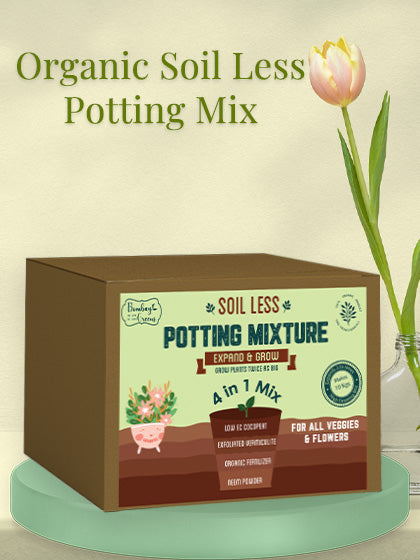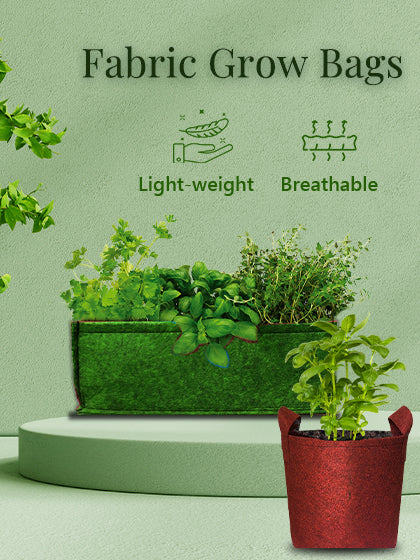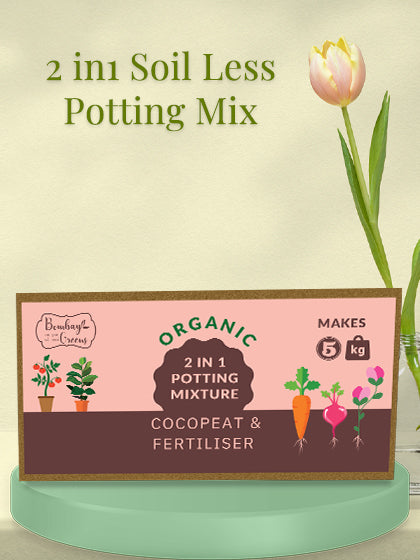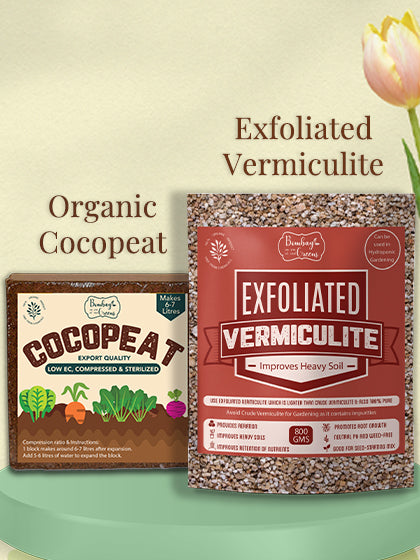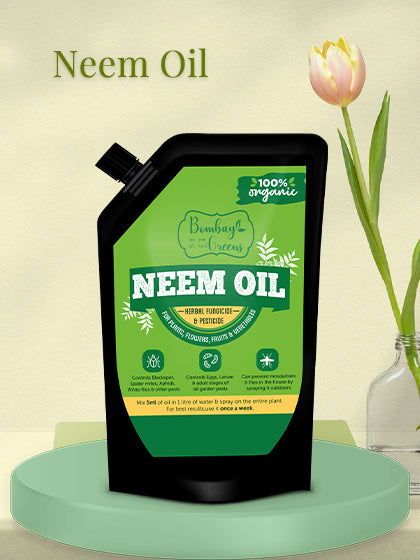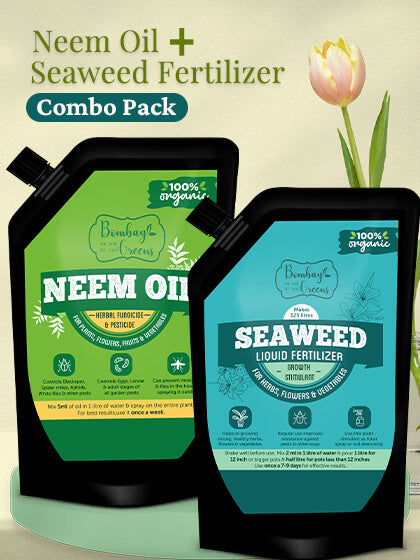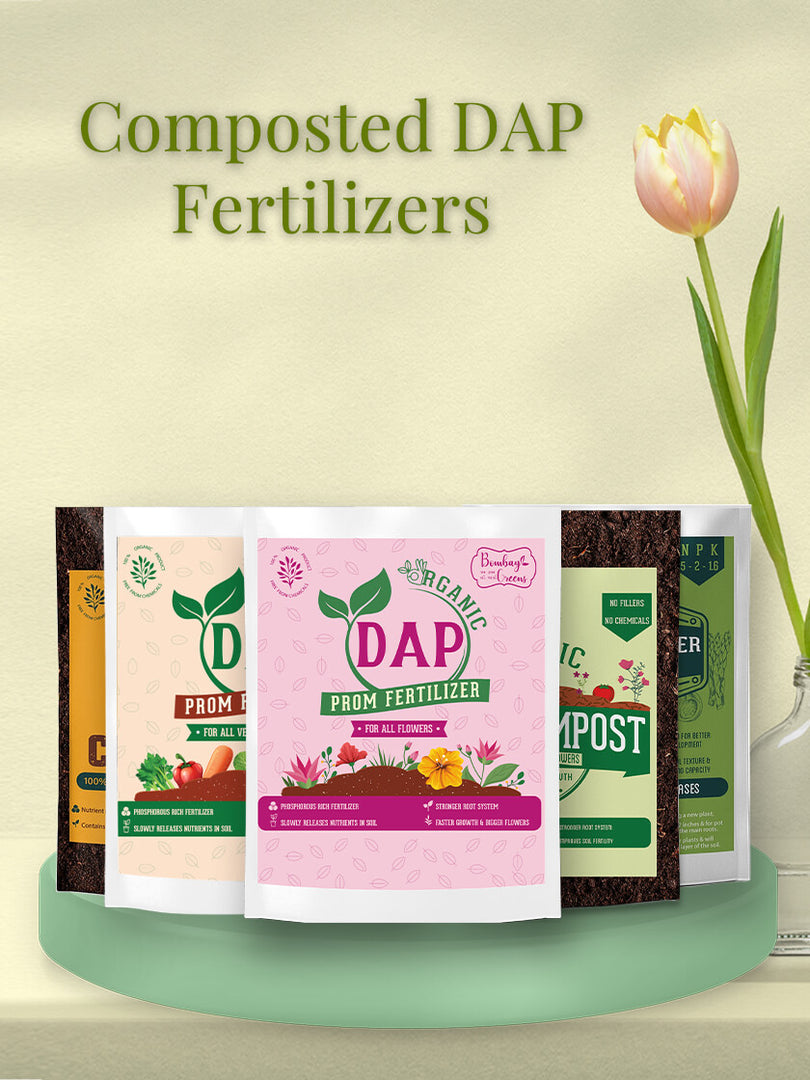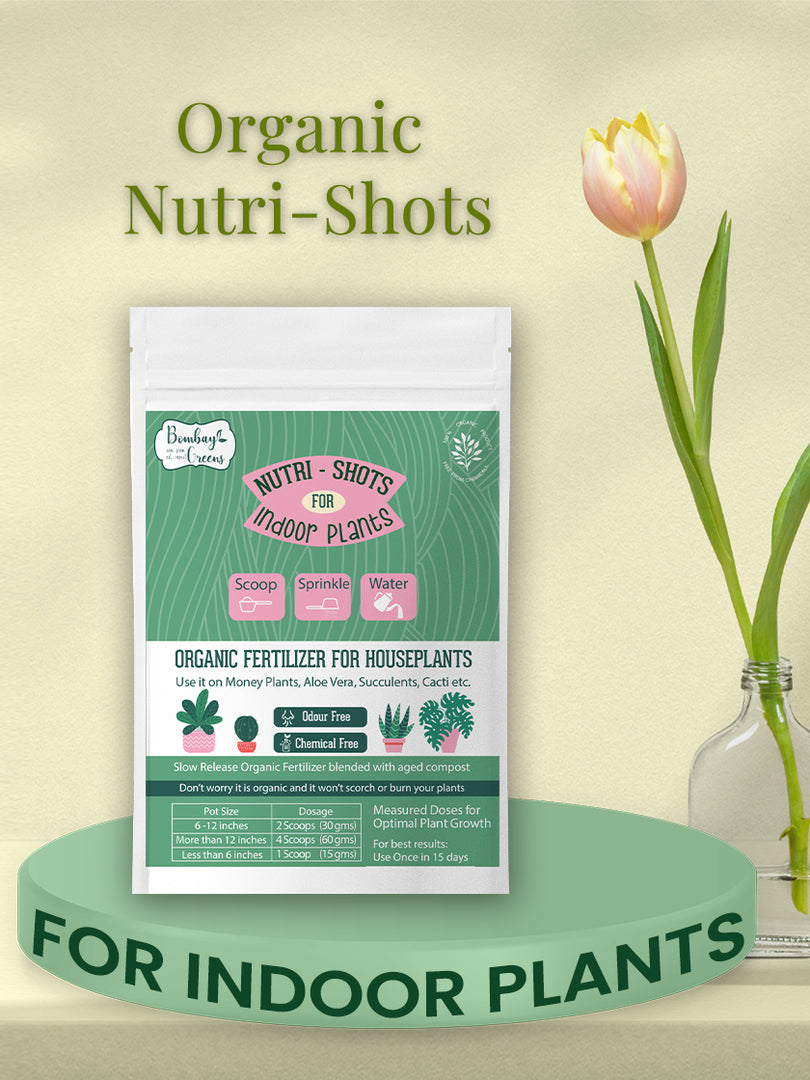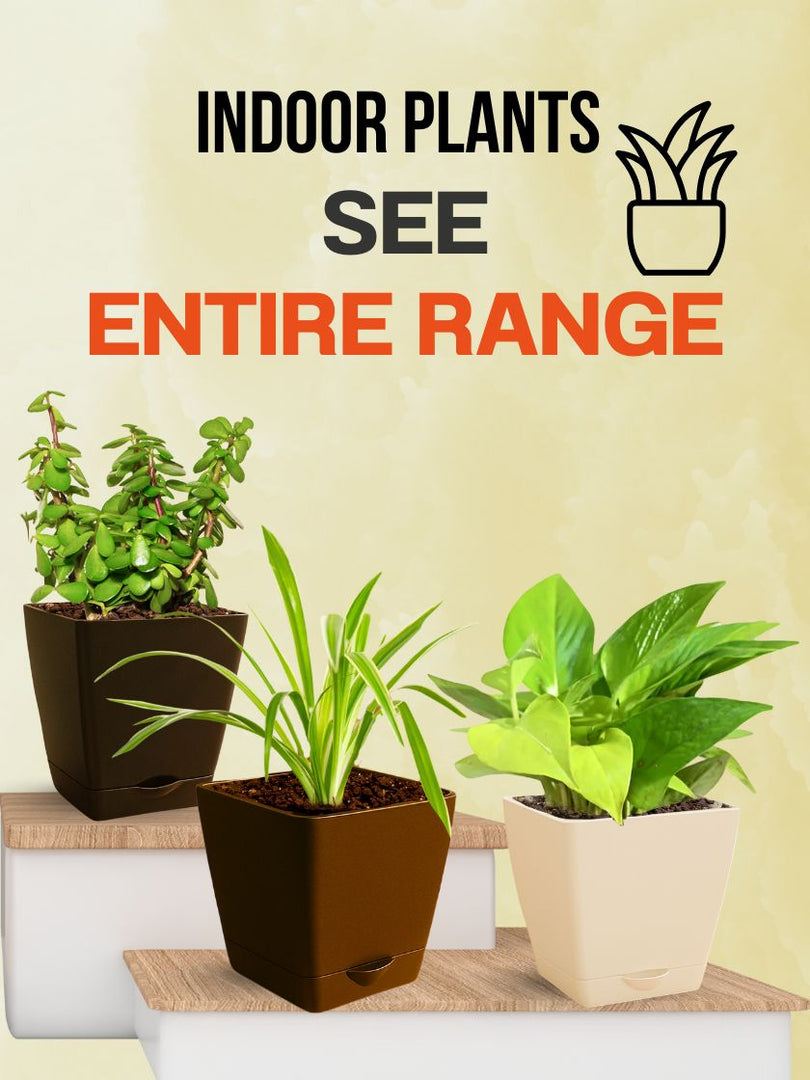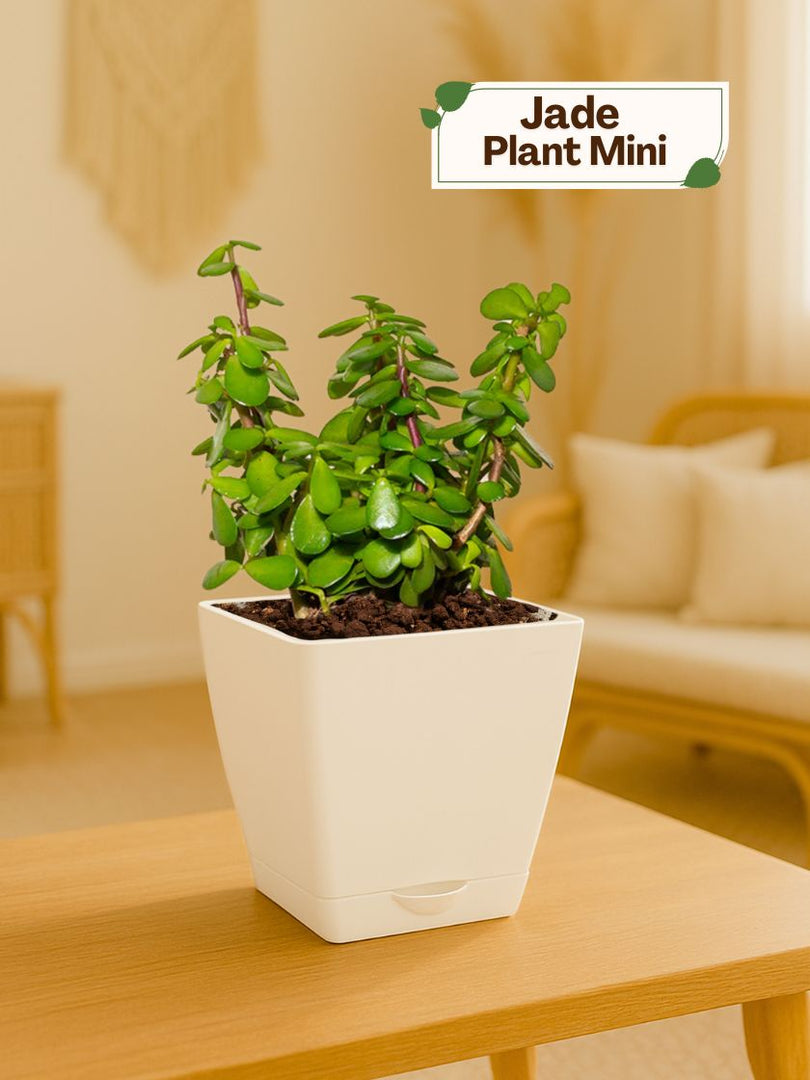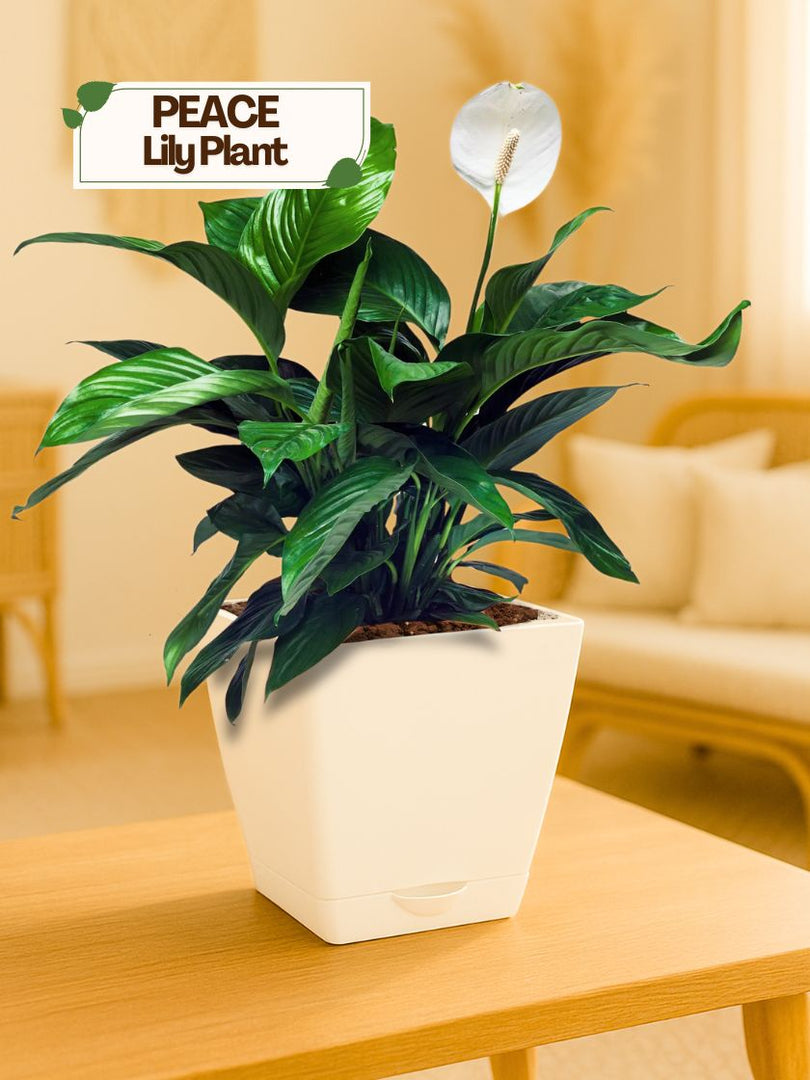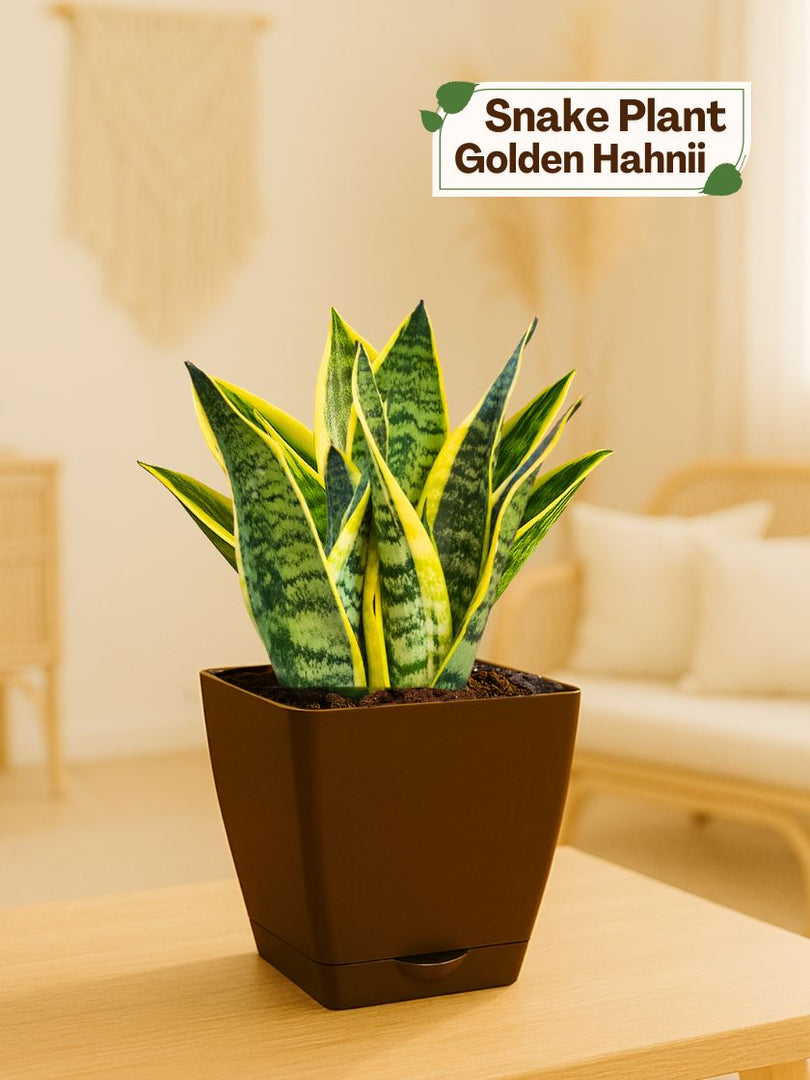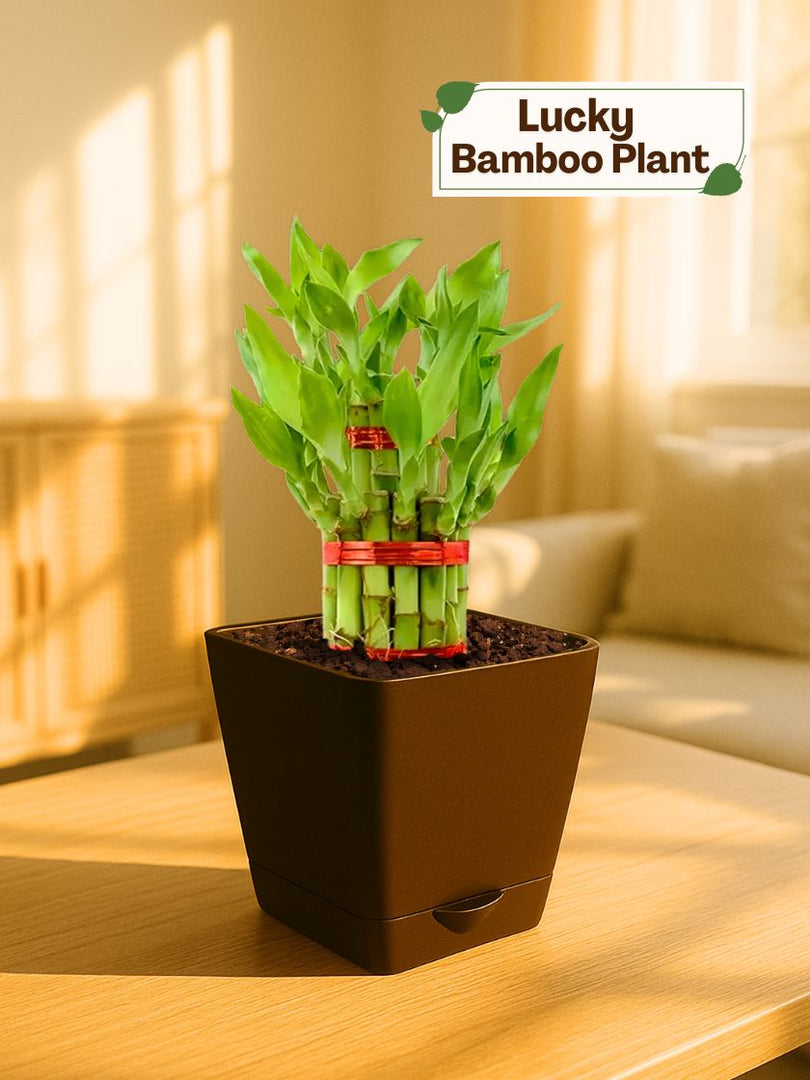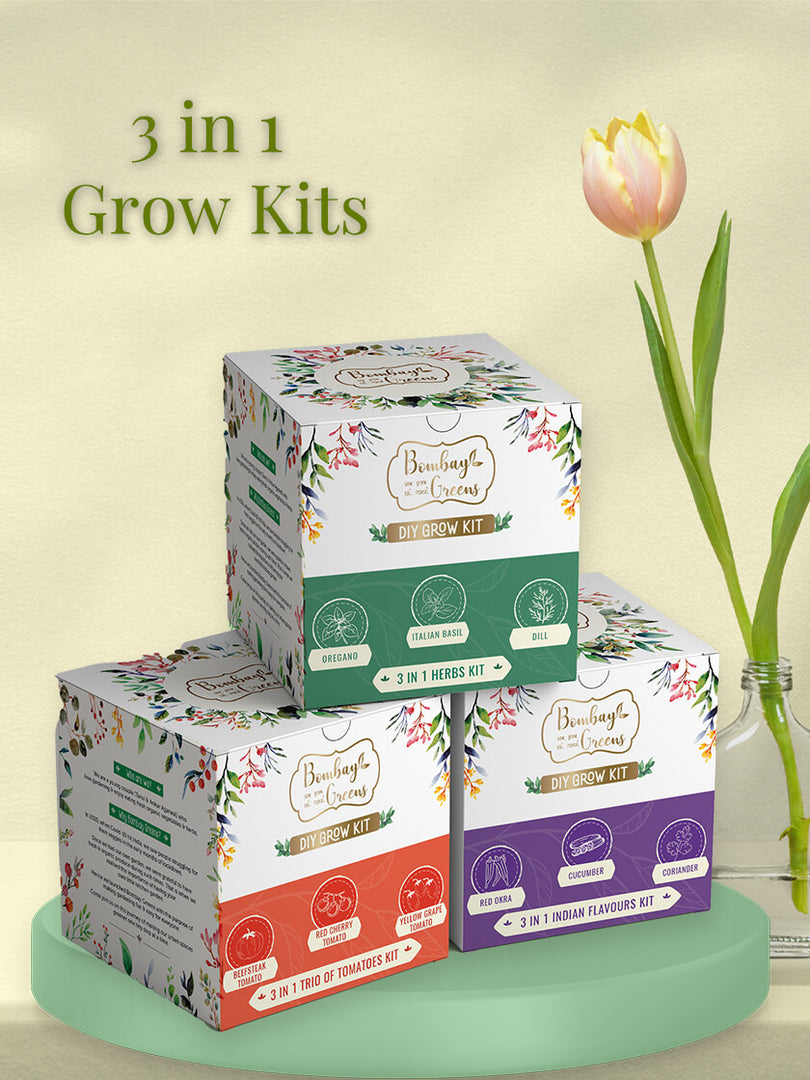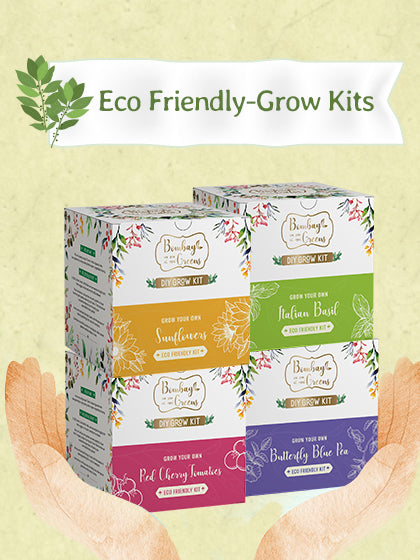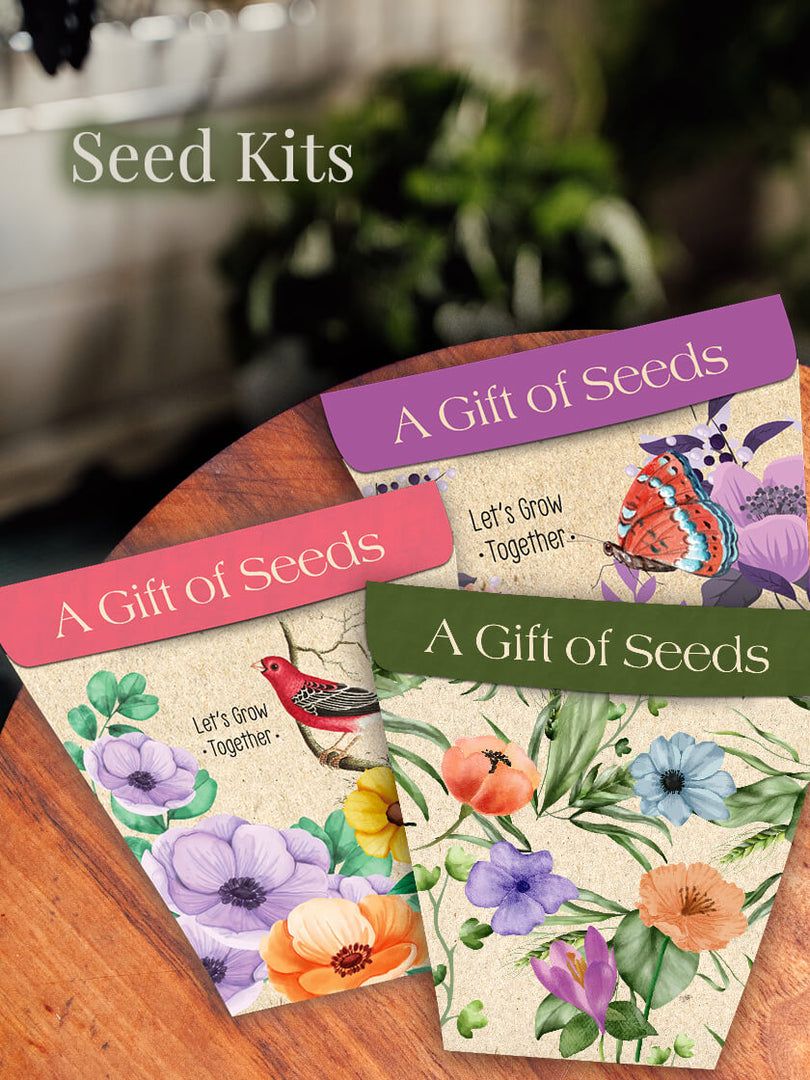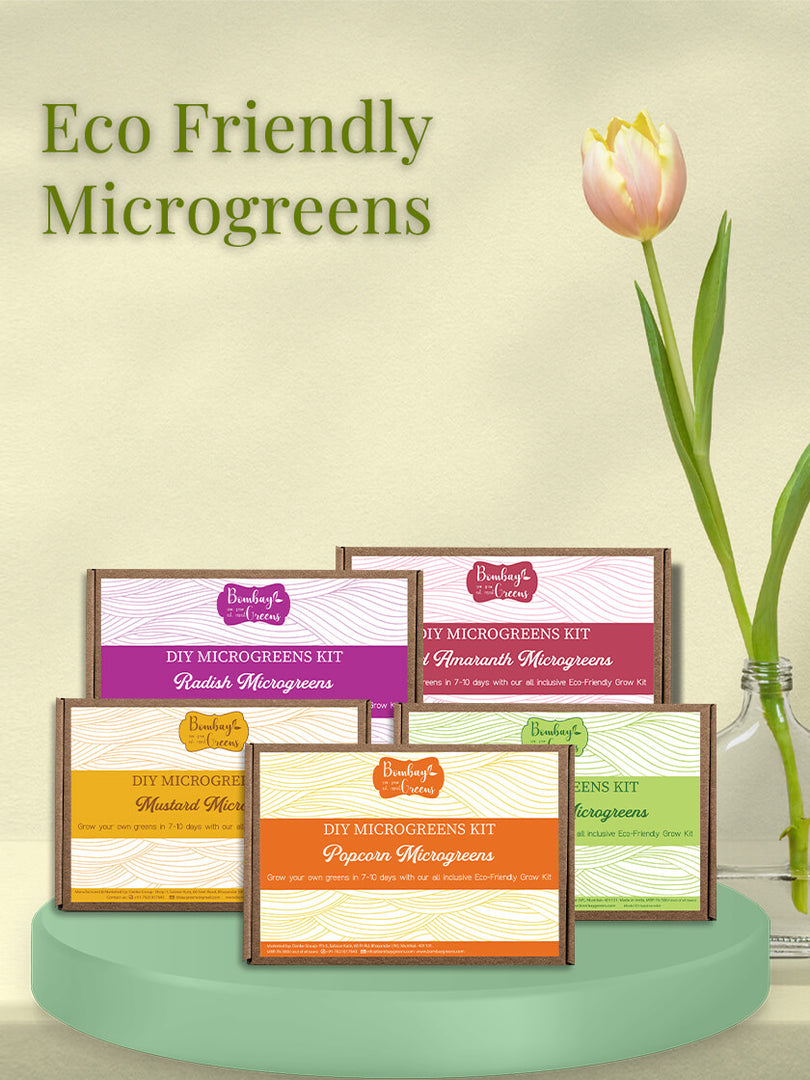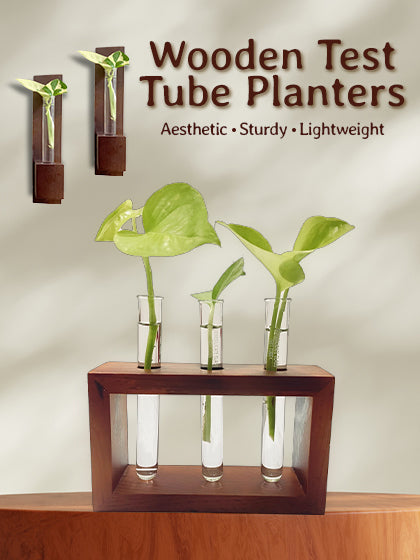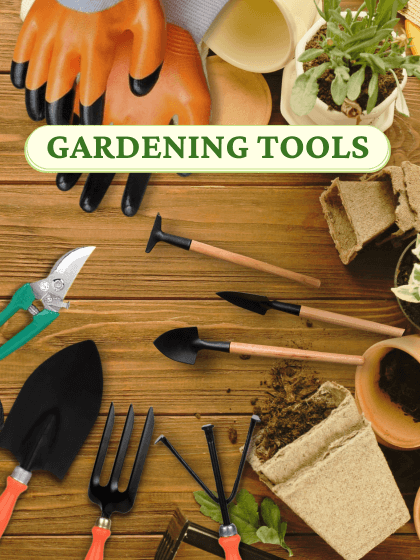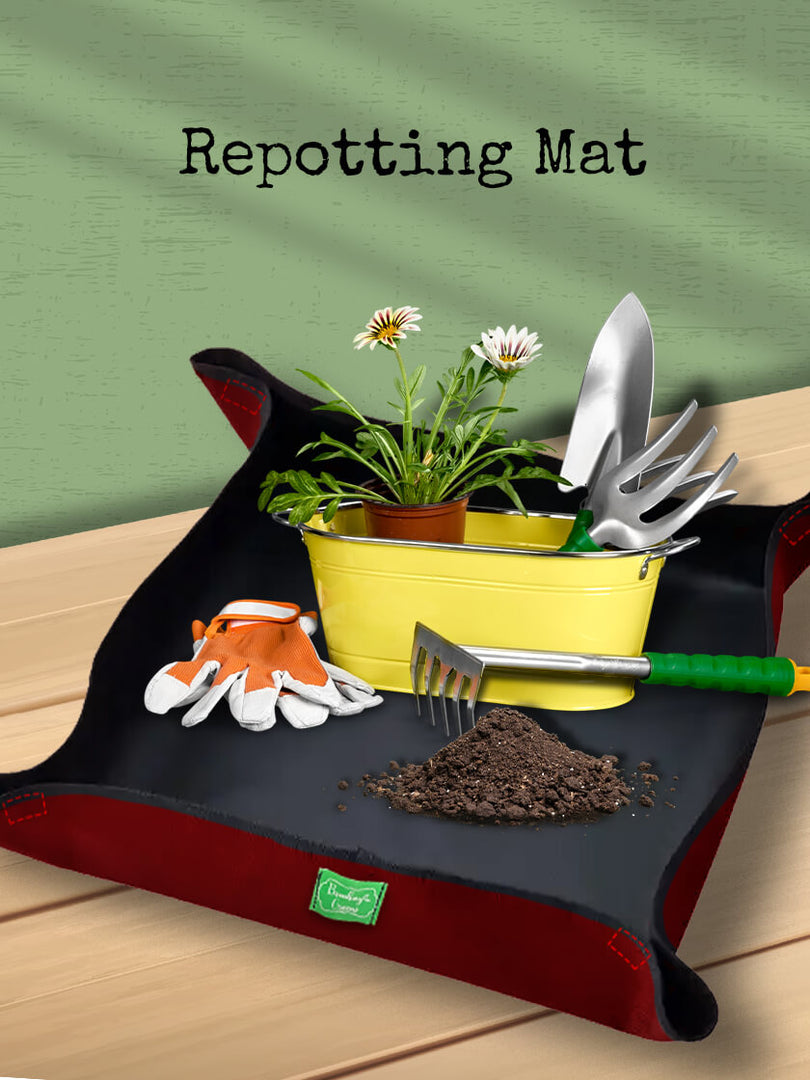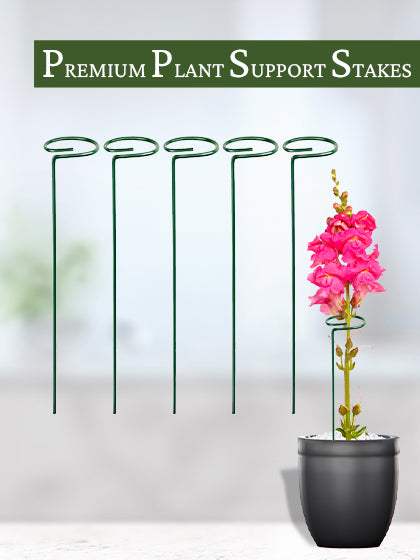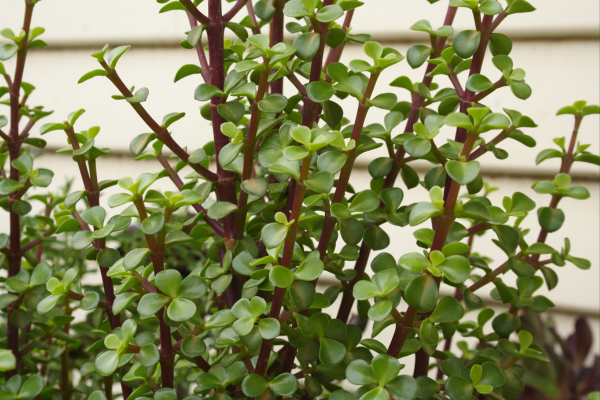| What's in the article: |
Everything You Need to Know About Jade Plants: Care, Benefits & More
We've all come across those charming jade plants perched on coffee tables, work desks, and windowsills. These plants certainly add a nice touch to any space.
But have you ever stopped to think about what makes them so beloved? It's definitely more than just their good looks! The jade plant benefits go far beyond what meets the eye.
Whether you're new to the world of indoor plants or a seasoned green thumb, this guide walks you through everything you need to know. From what a jade plant is to how to care for it, where to place a jade plant in the house, and why it might just become your new favourite plant.

What is a Jade Plant?
Let's start with the basics. The jade plant is also known as Crassula ovata. It is a succulent that's native to South Africa. The Jade plant is known for its thick, fleshy leaves and strong woody stems. The plant stores water, making it incredibly drought-tolerant.
So now, do you want to know the deeper meaning of the Jade plant? The jade plant's meaning is tied to good luck, prosperity, and friendship, which is why it's often given as a gift during housewarming and festivals.
So, if you've ever asked yourself, "Is jade an indoor plant?"—the answer is a big yes. It thrives indoors and needs very little to stay happy.
Types of Jade Plants
You might be surprised to know that there are quite a few types of jade plants out there. Some of the common varieties include:
-
Crassula Ovata (Classic Jade):
The one we all recognise. It has green leaves and a compact shape.
-
Crassula Ovata' Hummel's Sunset':
This plant has yellow-tinted leaves with red edges. A showstopper!
-
Crassula Arborescens (Silver Jade):
This jade plant has silvery-blue foliage for a cool-toned look.
-
Crassula Ovata 'Gollum':
This plant has tube-like leaves that look a bit like sea coral. It is very unique!
Each variety carries its own charm, but all are equally known for their crassula plant benefits and ease of care.
Benefits of Jade Plant
You'll be glad to know that the importance of the jade plant goes beyond just decoration. Here's what makes it such a popular pick:
-
Improves Air Quality
Believe it or not, jade plants do more than sit there looking pretty—they also help clean the air by removing toxins and increasing oxygen levels.
-
Low Maintenance
No time? No problem. One of the biggest jade plant benefits is how little effort it requires. Water it occasionally, give it some sunlight, and it'll reward you with lush growth.
-
Boosts Humidity
By releasing moisture into the air, jade can improve indoor humidity, perfect if your space tends to feel a bit dry.
-
Aesthetic Appeal
Its thick green leaves and tidy shape bring a modern, earthy touch to any space. It pairs beautifully with minimalist décor.
-
Positive Energy
Let's not forget the jade plant symbolism. It's said to attract positive energy, encourage harmony, and balance your environment.
-
Reduce Stress
Studies show that having plants nearby can help reduce stress, and the jade plant, used as a calming, visually soothing companion, is no different.
-
Brings Good Luck and Prosperity
According to the jade plant vastu, it brings in wealth and prosperity when placed correctly in your home or office.
How to Care for Your Jade Plant
Here's the best bit—you don't need to be a gardening expert. Just follow these care tips:
- Water when the topsoil feels dry. Overwatering is the enemy..
- Place it in bright, indirect sunlight. A few hours of morning light works best.
- If potted, water only when the soil is dry.
- Use a well-draining potting mix to avoid root rot.
- Wipe the leaves now and then to keep dust at bay.
Wondering about the jade plant's sunlight needs? It loves light, but not harsh, direct afternoon sun.
Where to Place a Jade Plant in the House
Vastu experts and Feng Shui enthusiasts agree on this—the jade plant direction, as per Vastu, is key.
So, where can you place jade plants in your house for maximum benefits?
- Place it near the entrance to attract wealth and welcome prosperity..
- East or southeast corners are ideal based on the jade plant, as per Vastu.
- Avoid placing it in the bedroom or bathroom if you're following strict Vastu guidelines.
Common Problems with Jade Plants
Even the hardiest plants have their off days. Here's what to watch out for:
- Yellowing leaves: Usually a sign of overwatering..
- Leggy growth: It might not be getting enough sunlight.
- Leaf drop: Sudden changes in temperature or watering routine can stress the plant.
Don't worry—most of these are easy fixes once you spot them.
How to Propagate a Jade Plant at Home
Thinking of growing your own little jade family? It's easier than you think.
- Take a healthy stem cutting and let it dry for a day..
- Pop it into a moist potting mix.
- Keep it in bright, indirect light and mist occasionally.
- In a few weeks, you'll see roots forming—just like that, you've got a new plant!
This is one of the most fun and rewarding jade plant uses—multiplying your greenery!
Conclusion
So, the next time someone asks you, "What is a jade plant?" you'll have more than just a name to give them. This plant is full of charm, resilience, and meaning. From purifying your air to bringing a sense of calm and prosperity, the jade plant characteristics tick all the right boxes.
Whether you're drawn to it for its looks, symbolism, or the joy of easy plant parenting, this humble succulent truly earns its place as a favourite indoor plant.
Ready to bring one home? Trust us, it's more than just a plant—it's good energy in a pot.


Tanvi Agarwal - Co-founder
Driven by a deep-seated love for nature and a keen entrepreneurial spirit, she co-founded Bombay Greens, transforming urban spaces into thriving green havens. Recognizing the need for accessible and sustainable gardening solutions in the bustling city, she poured her passion into building a brand that empowers individuals to cultivate their own green spaces, regardless of their location or experience. Her vision extends beyond simply selling gardening items; it's about fostering a community connected to nature, one balcony, rooftop, and windowsill at a time.

